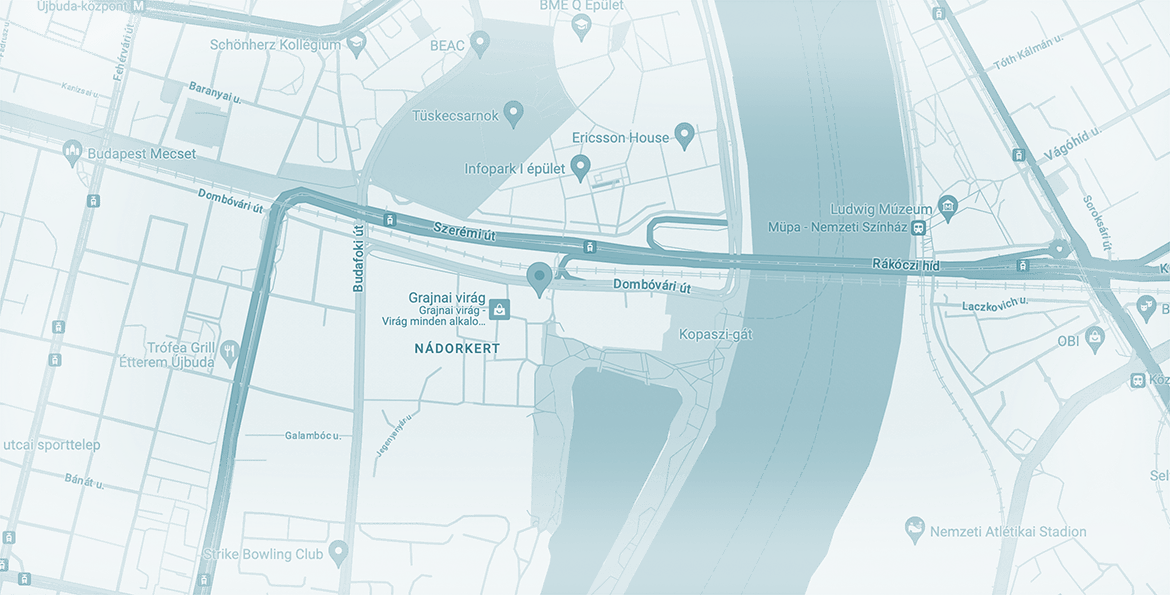
Paid time off or PTO in Hungary
Paid time off or PTO is an integral part of labor law in Hungary. Workers need time off to rest, to heal, or to take care of emergencies without compromising their livelihood. The number of days available for PTO each year depends on various factors. Read a summary below.
Paid time off or PTO is an integral part of labor law in Hungary. Workers need time off to rest, to heal, or to take care of emergencies without compromising their livelihood. The number of days available for PTO each year depends on various factors. Read a summary below.
Paid time off and absence pay in Hungary
Paid time off means that, under specific circumstances, employees get paid even when they are not working. In Hungary, the amount of PTO is primarily counted in days. Each employee may be away from work for a set number of days each year while still getting paid. The payment they receive on these days is called absence pay instead of salary.
The number of PTO days is defined by the Labor Code. PTO days are not just available for employees: they are supposed to be taken. The number of PTO days depends on various factors, but working time is not one of them: whether an employee is working full-time or part-time, they are entitled to take the same number of days. It is the employer’s responsibility to assign every PTO day to their workers by the end of the year.
How to select PTO days?
It is normal in Hungary to give employees considerable freedom regarding when they want to take their paid time off, even if they need to coordinate with colleagues in order to disrupt regular business as little as possible. In any case, the employee is allowed to select at least 7 days for PTO on their own, and every year they should have at least 14 subsequent days off (these may include weekends and public holidays, involving 10 PTO days or even less).
Paying employees a bonus instead of letting them take their PTO is not an option in Hungary (at least not in continuous employment; paying for PTO not taken is possible if an employee is terminated and they have not taken enough days until their final day of employment). However, a few vacation days may be “carried over” to the next year. The number of such days depends on various factors. You can read more about carrying over vacation days here.
How much PTO are my employees due?
Every employee is due at least 20 days each year as paid time off: this is the basis. Additional days are available to employees based on their age and marital status. Moreover, employees may be exempt from work in some special cases.
Paid time off based on age
- Under 18 years: 25 days
- 18-24 years: 20 days
- From 25 years: 21 days
- Form 28 years: 22 days
- From 31 years: 23 days
- From 33 years: 24 days
- From 35 years: 25 days
- From 37 years: 26 days
- From 39 years: 27 days
- From 41 years: 28 days
- From 43 years: 29 days
- From 45 years: 30 days
Paid time off based on the number of children
The number of PTO days awarded based on the number of children is added to the number of days awarded based on age.
- 1 child under 16 years: +2 days
- 2 children under 16 years: +4 days
- 3 or more children under 16 years: +7 days
- Child with a disability: +2 days for each disabled child
- Paternity leave: after the birth, +5 days for one child, or +7 days for twins. The total number of days may be up to 10, but on the extra days, only 40% of the absence fee is to be paid. Available also in case of adoption (then it is also available to the mother).
- Parents’ leave: +44 days during the first 3 years after a child was born, but on these days, employees are due only 10% of their absence pay.
Sick leave is a form of PTO
When an employee gets sick and cannot work, they can get a doctor’s note to prove they are temporarily not fit to work. In this case, they will receive 70% of their absence pay. Every year, 15 such sick days are available to each employee.
If an employee is unfit to work for a longer time, additional rules apply.
Exemption from work
Employees may be exempt from work while getting paid for various other reasons. These include participation in an employment related health checkup, blood donation, or bereavement after the death of a close relative. Read more about exemption from work here.
Paid time off and payroll calculations
Your HR and payroll specialists should keep a record of the PTO available to each of your employees, who should also have access to the information. Transparency and cooperation are key to creating workflows that let employees take all their PTO in a way that will disrupt your Hungarian business operation as little as possible. Working with Helpers Finance, you can rest assured your accounting, payroll, and HR will be in good hands.
Can we help you? Contact us now to get assistance from a team specialized in assisting foreign-owned businesses in Hungary.
Was this article useful? Follow us on Facebook and never miss an update.
Contact
Get in touch today
Monday - Friday
9am - 5pm CET
Helpers Finance Kft.
Budapart Gate
Dombóvári út 27
Budapest 1117, Hungary
If you’re visiting us, please use entrance A and come to the 2nd floor.



